Researchers from the Federal University of ABC (UFABC) in São Paulo, Brazil, have presented a method of mitigating the rapid degradation of perovskite solar cells.
In the research paper “Enhancing the stability of methylammonium-based perovskite solar cells prepared in ambient conditions by adding formamidinium cations,” published in Solar Energy Materials and Solar Cells, the team investigates the influence of incorporating formamidinium cation into methylammonium-based lead iodide perovskite films to improve the stability of perovskites.
Although perovskites have reached similar efficiencies to silicon solar cells and can have lower production costs, their commercialisation has been hampered by stability and durability issues when exposed or prepared under ambient conditions, affecting performance over time.
In the study, the researchers incorporated increasing amounts of formamidinium (FA+) cations into methylammonium-based (MA+) perovskites. The solutions and deposition of each film were performed in an uncontrolled ambient atmosphere with relative humidity ranging from 40% to 60%, in an effort to replicate scalable manufacturing environments.
The solar cells were exposed to ambient temperatures and humidity for 90 days, during which time the researchers studied the properties of the devices to assess the impact of added formamidinium on the performance of the solar cells.
They found solar cells without FA+ showed a sharp drop in efficiency immediately after assembly and stopped working after 30 days, while cells with more than 25% FA+ maintained 80% efficiency at the end of 90 days.
“This work demonstrates how the incorporation of FA+ cations into MA+-based perovskites causes an increase in the durability of perovskite solar cells fabricated and measured under ambient conditions,” commented Professor André Sarto Polo, coordinator of the study.
Polo explained the added formamidinium causes an increase in the size of the grains that make up the crystalline structure of the perovskite, reducing the overall length of the edges. As the edges are the points where moisture accumulates, the perovskite suffers less degradation and the solar cell maintains good performance for longer.
The research team added that the findings could open up the prospect of developing more durable perovskite solar cells that can be produced at lower cost and in more environmentally friendly conditions.
This content is protected by copyright and may not be reused. If you want to cooperate with us and would like to reuse some of our content, please contact: editors@pv-magazine.com.

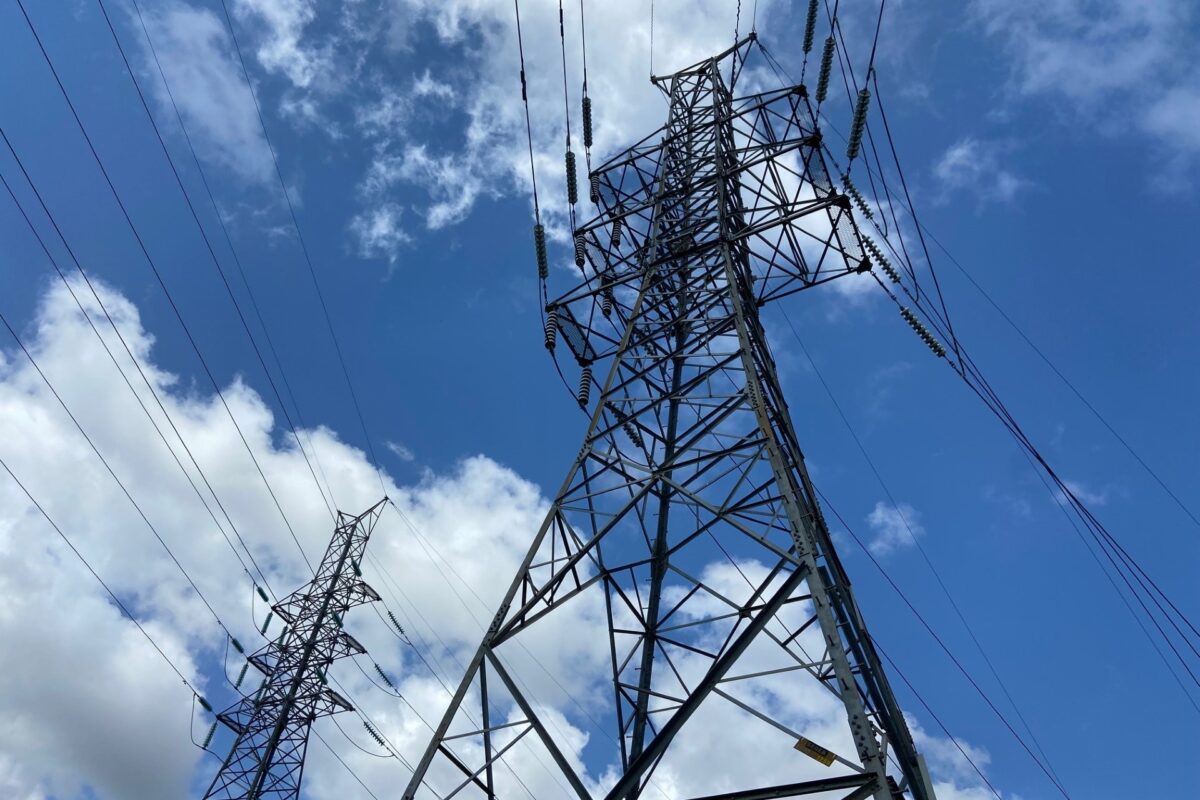

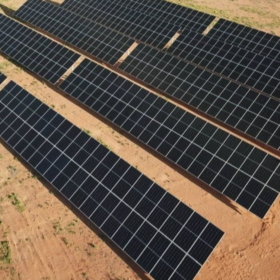
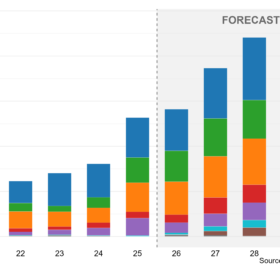
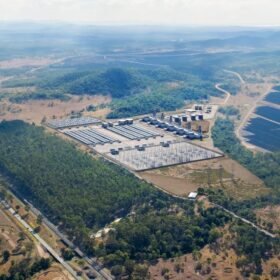
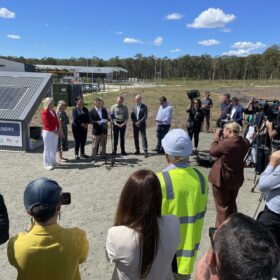
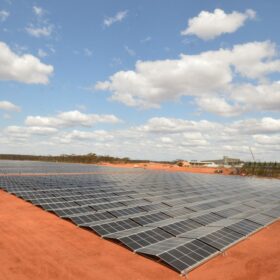
By submitting this form you agree to pv magazine using your data for the purposes of publishing your comment.
Your personal data will only be disclosed or otherwise transmitted to third parties for the purposes of spam filtering or if this is necessary for technical maintenance of the website. Any other transfer to third parties will not take place unless this is justified on the basis of applicable data protection regulations or if pv magazine is legally obliged to do so.
You may revoke this consent at any time with effect for the future, in which case your personal data will be deleted immediately. Otherwise, your data will be deleted if pv magazine has processed your request or the purpose of data storage is fulfilled.
Further information on data privacy can be found in our Data Protection Policy.